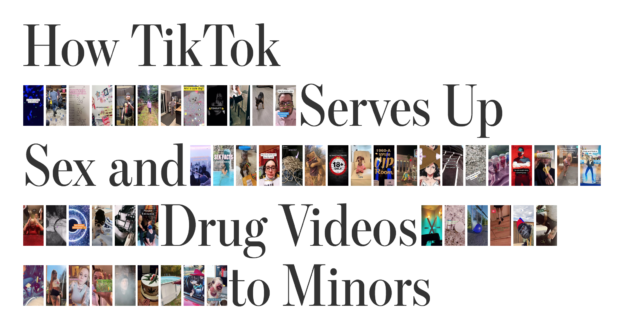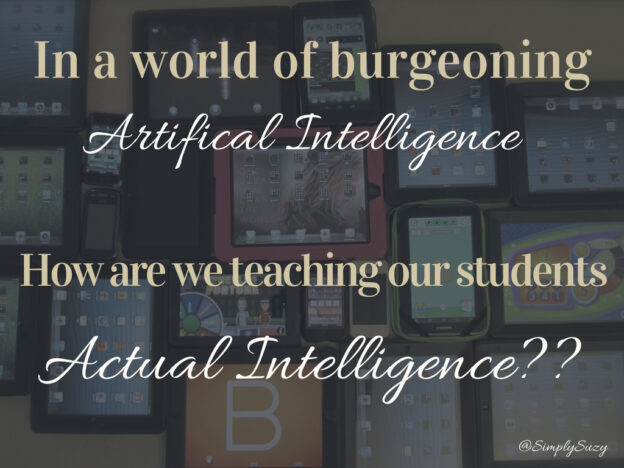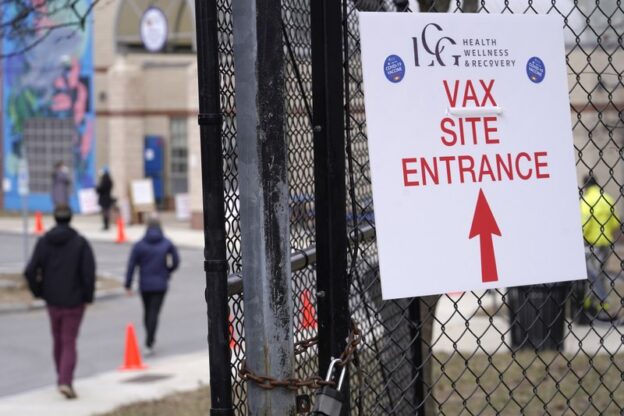This is an excerpt from my weekly newsletter – ThreeThingsToTryToday. I hope it teaches you more about TikTok’s dangerous business practices and how they can affect our young learners.

Unless you have been lucky enough to live under a rock this week, you probably know about the TikTok Devious Lick and bathroom challenges sweeping the nation – and not in a good way. It takes a LOT to get me to lose my temper, and believe me, I am ANGRY.
I do not have a TikTok account, but over 1.1 BILLION people do. I would venture to guess most users do not understand how their highly secretive algorithms are designed to understand your interests, feed you a diet full of those specific interests and keep you hungry for more. The more you use the app, the more it learns about you. You don’t have to hit “like” or “share”. You don’t have to talk about it or save the content for TikTok to know. That helps, of course – but all the app needs to do is monitor how long you look at each video that comes across your screen.
What you pay attention to grows. Now, that’s great if you’re looking at home decor inspiration, or gardening tips or those sweet dance moves the kids are doing down the hallway. But if you have paid attention to content that is related to depression, or anxiety or violence or VANDALISM or…… well, you know …. Then TikTok will feed you more and more and more….
Think about the BEST buffet you’ve ever been to. Hundreds of choices ranging from healthy to junk. People are around, so you certainly don’t want to be seen choosing too many unhealthy items. But.. what if just LOOKING at unhealthy food for too long was enough to put it on your plate . It would not matter what you chose that was healthy – your plate would instantly fill with unhealthy choices you looked at for a little too long . Over time, you wouldn’t even see the healthy choices anymore .
I’m sharing two incredible resources from a Wall Street Journal project done this past summer.
Their methodology: ” Over the course of several months, The Wall Street Journal set up more than 100 TikTok accounts that browsed the app with little human intervention, including 31 accounts registered as users between ages 13 and 15. The Journal also created software to guide the accounts and analyze their behavior.”
The first is a video that describes the algorithms and how a unique TikTok “For You” feed grows. WSJ makes the lesson very clear for all viewers, even if you are not a techy. Start there.
Then, please check out the second resource (an article) . You will learn the VERY dark side of TikTok and how it can reach our young, vulnerable learners. The article focuses on 13-15 year olds, but let’s face it . Kids have phones MUCH younger than 13 and (too) often create accounts that make them appear 13 . Some of the article is VERY disturbing to read and see, and in my role, I’ve seen a LOT. A. LOT.
That’s why I was compelled to reach out and ask for guidance to share here in my district newsletter. Gratefully, I was given the green light. I felt respected and trusted in my desire to share with you. Honestly, I hope what you learn angers you, too!! I hope it compels you to protect the children in your care. Our kids don’t even have to do a search for something inappropriate using this app. Their innocent curiosity can lead them down a rabbit hole we would never want them in. They will see things we’d never want them to see.
Our students will see things they can never un-see . I can’t stand by and let that happen.
Thoughts? Reactions? Strategies?






